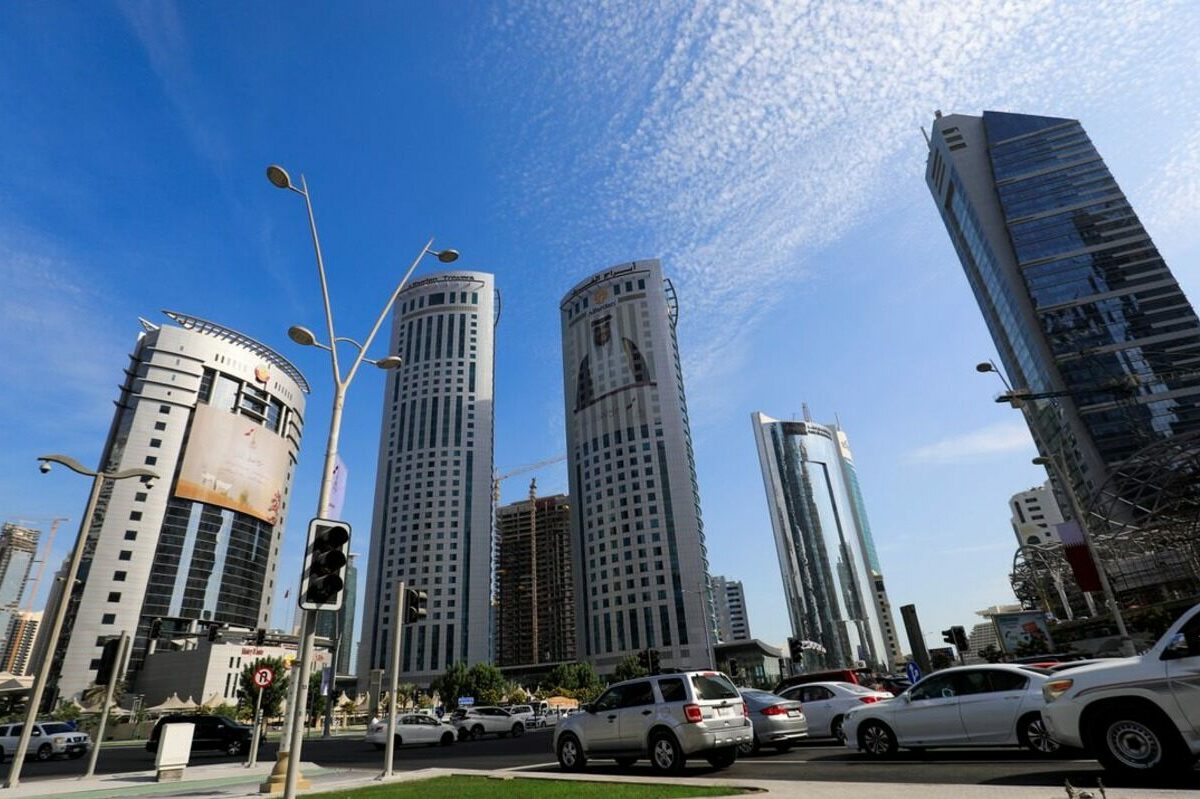Despite lower hydrocarbon revenue and a significant increase in spending, Qatar’s finance ministry announced a budget surplus of 10 billion riyals ($2.74 billion) in the second quarter (Q2) of 2023.
Qatar has exceeded its surplus forecast for 2023, which was projected at 29 billion riyals based on an oil price of $65 per barrel.
With a fiscal surplus of 19.7 billion riyals in Q1, the country has already surpassed its projected surplus for the year. In addition, a surplus of 10 billion riyals in Q2 further contributes to exceeding the projected surplus. This achievement is notable, especially considering oil prices remain well below average.
Read more: Why did Qatar achieve two-thirds of its projected surplus in 2023 budget?
According to a report from Qatar’s Ministry of Finance, the country’s real GDP experienced a year-on-year growth rate of 2.7 percent in Q1. The hydrocarbon sector showed a growth of 4.1 percent, while the non-hydrocarbon sector expanded by 1.9 percent.
The figures for Q2 have not yet been released or published.
As per the ministry’s figures, the total revenue for Q2 amounted to 68.4 billion riyals. Out of this, oil revenue accounted for 40.3 billion riyals. This reflects a decrease of 30.9 percent compared to the same period in the previous year. Non-oil revenue, on the other hand, reached 28.2 billion riyals.
No underlying issues
Justin Alexander, the director of Khalij Economics and Gulf analyst for GlobalSource Partners, stated that the decline in hydrocarbon revenue does not indicate any underlying issues. He further explained that such volatility can be attributed to various factors.
In Q2, the total spending reached 58.4 billion riyals. This represents a year-on-year increase of 12.1 percent. Additionally, it reflects a nearly 20 percent rise from the previous quarter. The ministry attributed the nearly 30 percent increase in major capital spending during the second quarter to two main factors. These factors include compensation provided to contractors and the successful completion of several projects.
For more economy-related news, click here.








